Yasaman Seif and Hamed Erfani introduce a method that integrates athletic training principles with a holistic approach to musicianship, in an aim to enhance musicians’ health and prevent performance-related injuries
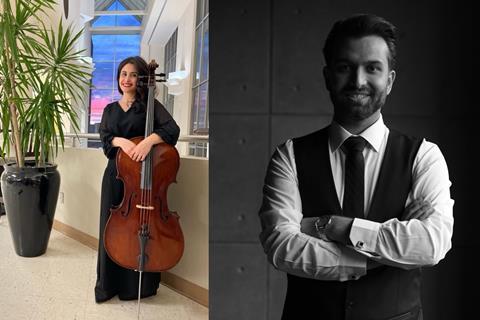
Discover more Featured Stories like this in The Strad Playing Hub
Muse Muscle is a novel method designed specifically for musicians to improve their well-being and prevent performance-related injuries. It was created by a team of musicians and injury prevention specialists, and it focuses on developing true kinesthetic awareness and fine motor skills via complementary techniques and off-instrument exercises. This method promotes smooth, fluent, and tension-free motions during music performance by teaching musicians to use their entire body rather than just their hands and wrists, resulting in healthier and more sustainable playing habits and lowering the risk of overuse in smaller muscle groups.
Behind the method
The initial idea for Muse Muscle research came to Mohammad Mehdi Babaei during a lesson he was teaching. One of his students struggled to grasp a technique, and, frustrated, Babaei sent the student out of the class. Later, he realised that the problem might have been the student’s lack of physical ability rather than a lack of attention. Babaei reached out to the student, soothed him and assigned some simple, off-instrument exercises that seemed unrelated to the technique. Surprisingly, the student was able to master the same technique on the instrument after that, which inspired Babaei to conduct additional research, such as studying anatomy with a professor at Isfahan University of Medical Sciences. During his study, he found that, similar to athletics, performing music calls for highly developed motor skills that are enhanced by specialised training.
In light of this, he made an effort to approach music performance in an athletic way by inventing complementary techniques that support the development of the true kinesthetic sense, off-instrument exercises that concentrate on particular facets of music performance, and individualised practice schedules that incorporate both on- and off-instrument work. He wanted to lessen the need for lengthy instrument practice sessions while simultaneously enhancing the fine motor skills necessary for performing music.
How the method works
After years of research and collaboration, the Muse Muscle method was invented based on five fundamental principles: awareness, fine and gross motor skills, tension-free off-instrument exercises, complementary techniques, and individualised practice schedules. Eleven integrated factors are also identified by this method as being necessary for performing music: weight, separation, independence, unity, cohesion, stretch, coordination, delicacy, strength, pace, and concentration.
In order to help musicians learn these factors off the instrument and prevent the repetitive strain that comes with traditional prolonged instrument practice, this method has created over 150 unique off-instrument exercises. These exercises are classified into two groups: full-body and wrist-hand, with six subcategories: tension relief, separations, unity and cohesion, balancing, stretching, and two cerebral hemispheres. Under the supervision of a certified teacher, musicians can use these exercises to enhance their posture, energy flow, flexibility, dexterity, coordination, and performance.
There are some key features that distinguish the Muse Muscle method from other existing approaches:
a. Off-instrument exercises specifically tailored to the unique needs of musicians.
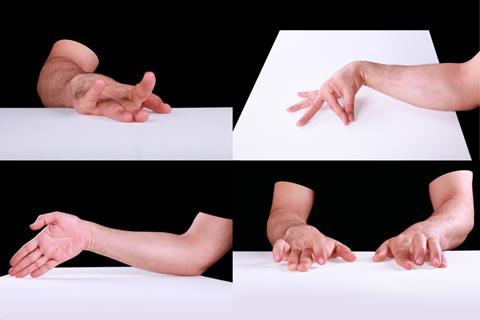
b. Individualised practice schedules that take into account a number of variables, including the instrument type, the age, gender, and muscle tone of the performer, as well as their mental state, diet, and goals.
c. Complementary techniques, such as weights, tapes, and mirrored instruments, are really unique techniques which aid in retraining the true kinesthetic sense and breaking bad habits.
The mirrored instrument technique requires musicians to use their opposing hands because the instrument’s configuration is reversed. By challenging long-standing motor habits, this technique reveals improper practices, allowing musicians to identify and relieve unnecessary tension when they resume their normal playing style.
Tapes are skin-friendly adhesives that enhance body awareness by promoting energy flow and preventing unwanted strain and tension.
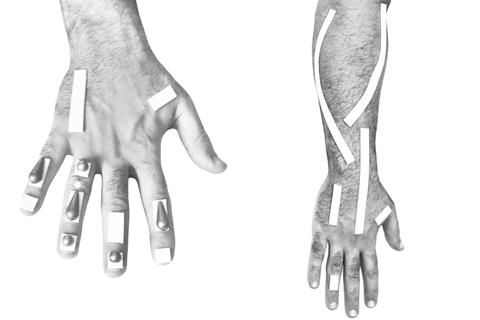
Weights are ball- and almond-shaped metal tools that help musicians regain their body’s natural weight, find true kinesthetic sense, and engage larger muscle groups in performance to reduce overuse of smaller muscles.
Presentations and Recognition
Since its introduction, this method has successfully assisted musicians in their performances. It has been presented at prestigious venues such as the American String Teachers Association (ASTA), the University of Central Oklahoma, Tehran University of Art, Unison Orchestra Live, Seitz String Pros, the IMA Music Academy, Gaam Music School, and the Varna Summer International Music Festival. Additionally, the method was featured in the Grossman Newsletter in Summer 2023. This method is currently being taught at Geib Musik, a well-known studio in Edmond, Oklahoma run by professors from the University of Central Oklahoma School of Music, and has yielded positive results thus far.
How Do I Learn Muse Muscle?
Muse Muscle is typically taught as a series of private lessons. Throughout the course, the certified teacher presents exercises that are tailored to the players’ needs and level, as well as assisting students in understanding how the neurological, muscular, and skeletal systems should function for each exercise and, later, each technique on the instrument. Every week, students are taught new exercises and given a personalized practice schedule that includes the specific exercises to be performed, the number of repetitions, rest intervals, designated practice and recovery days, recovery techniques, and warm-up and cool-down routines. More instructions are also provided to assist students in performing better, preventing injuries, and increasing awareness. For example, students are expected to monitor their daily activities in order to identify and break negative habits which are interfering with their ability to perform music.
To find a teacher in the United States, go to: https://www.geibmusik.com/
You may register for lessons at Geib Musik, where Yasaman Seif teaches Muse Muscle.
To summarise, Muse Muscle is a comprehensive approach designed to fill gaps in traditional music education. It emphasizes the value of off-instrument exercises, body awareness, fine motor skills, body balance, diet, complementary techniques, and individuality. Muse Muscle’s goal is to improve musicians’ overall well-being and performance by combining athletic training principles with a holistic approach to music.
Read: How to deal with hypermobility as a string player
Read: Alexander technique: Thoughts that count
Discover more Featured Stories like this in The Strad Playing Hub
The number one source for playing and teaching books, guides, CDs, calendars and back issues of the magazine.
In The Best of Technique you’ll discover the top playing tips of the world’s leading string players and teachers. It’s packed full of exercises for students, plus examples from the standard repertoire to show you how to integrate the technique into your playing.
The Strad’s Masterclass series brings together the finest string players with some of the greatest string works ever written. Always one of our most popular sections, Masterclass has been an invaluable aid to aspiring soloists, chamber musicians and string teachers since the 1990s.
The Canada Council of the Arts’ Musical Instrument Bank is 40 years old in 2025. This year’s calendar celebrates some its treasures, including four instruments by Antonio Stradivari and priceless works by Montagnana, Gagliano, Pressenda and David Tecchler.



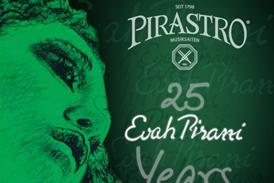





















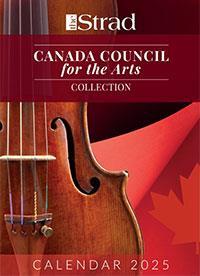












No comments yet